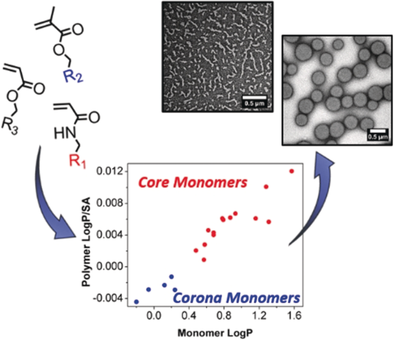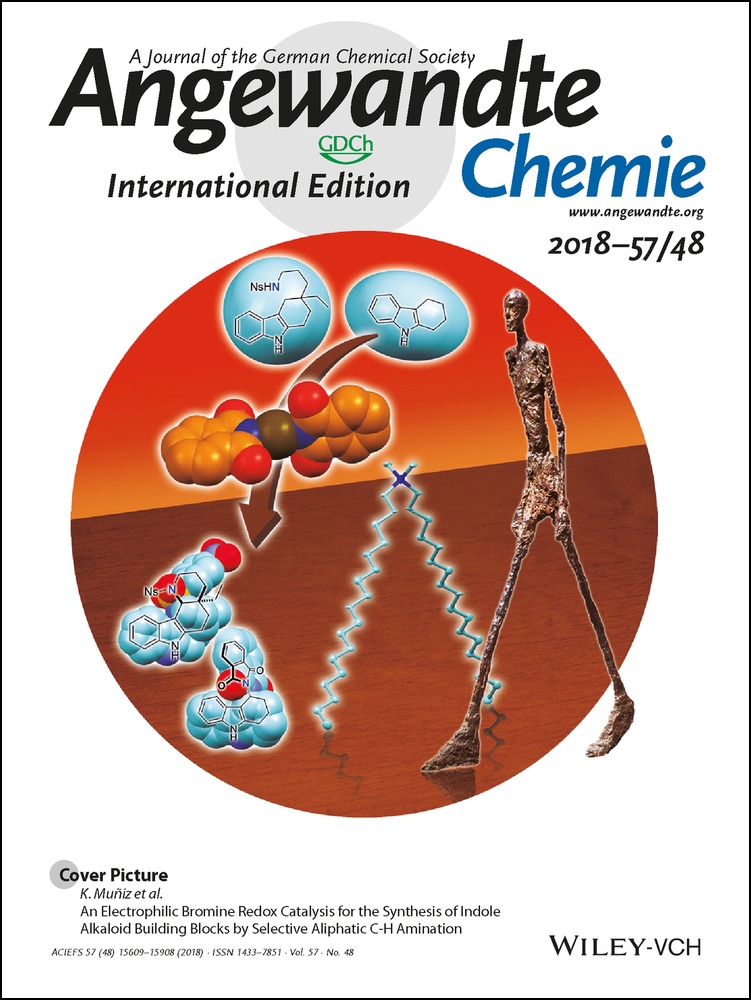Predicting Monomers for Use in Polymerization-Induced Self-Assembly
Graphical Abstract
Abstract
We report an in silico method to predict monomers suitable for use in polymerization-induced self-assembly (PISA). By calculating the dependence of LogPoct /surface area (SA) on the length of the growing polymer chain, the change in hydrophobicity during polymerization was determined. This allowed for evaluation of the capability of a monomer to polymerize to form self-assembled structures during chain extension. Using this method, we identified five new monomers for use in aqueous PISA via reversible addition-fragmentation chain transfer (RAFT) polymerization, and confirmed that these all successfully underwent PISA to produce nanostructures of various morphologies. The results obtained using this method correlated well with and predicted the differences in morphology obtained from the PISA of block copolymers of similar molecular weight but different chemical structures. Thus, we propose this method can be utilized for the discovery of new monomers for PISA and also the prediction of their self-assembly behavior.





